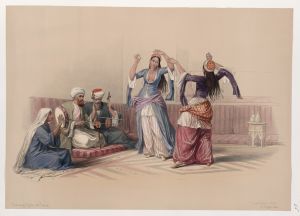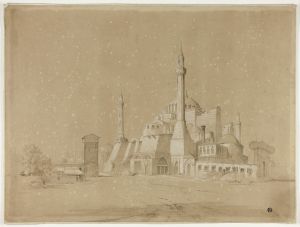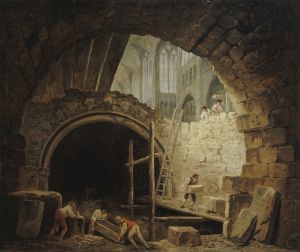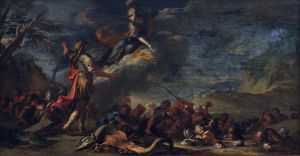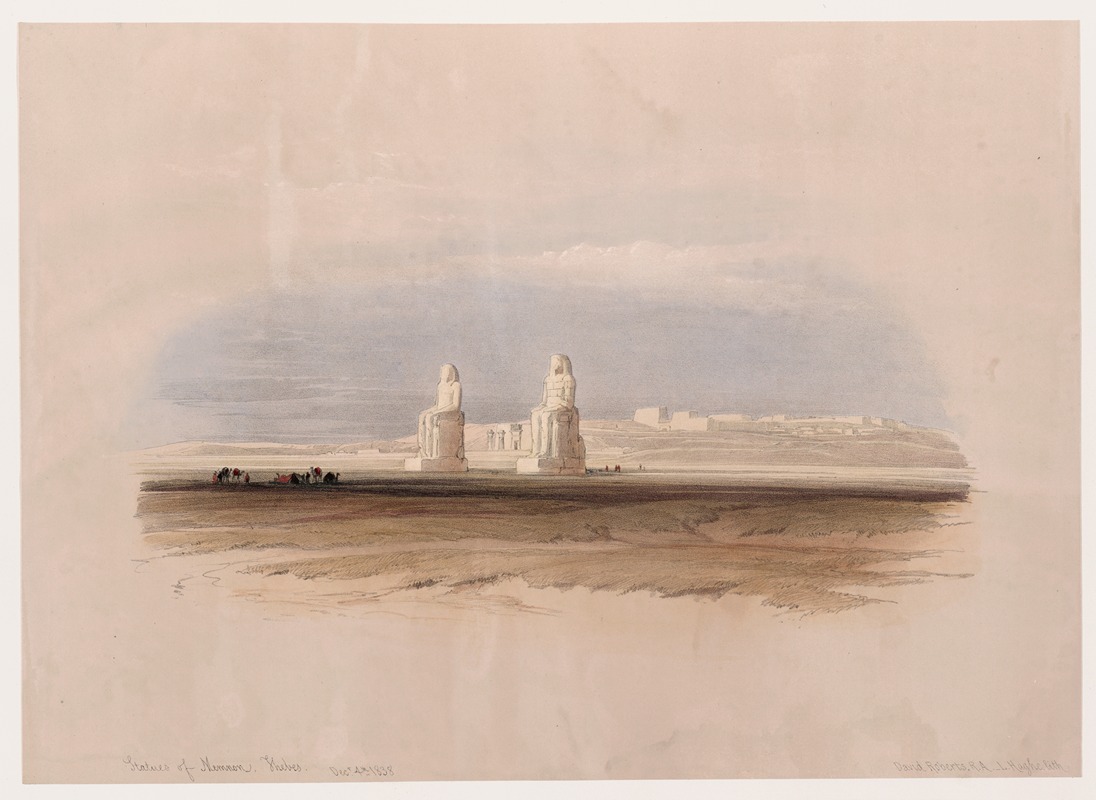
Statues of Memnon, Thebes. Dec. 4th, 1838.
A hand-painted replica of David Roberts’s masterpiece Statues of Memnon, Thebes. Dec. 4th, 1838., meticulously crafted by professional artists to capture the true essence of the original. Each piece is created with museum-quality canvas and rare mineral pigments, carefully painted by experienced artists with delicate brushstrokes and rich, layered colors to perfectly recreate the texture of the original artwork. Unlike machine-printed reproductions, this hand-painted version brings the painting to life, infused with the artist’s emotions and skill in every stroke. Whether for personal collection or home decoration, it instantly elevates the artistic atmosphere of any space.
"Statues of Memnon, Thebes. Dec. 4th, 1838." is a lithograph created by the Scottish artist David Roberts, based on a sketch he made during his travels in Egypt in 1838. David Roberts (1796–1864) was a prominent painter and lithographer known for his detailed and romanticized depictions of architectural and historical sites in the Middle East and North Africa. His works played a significant role in shaping European perceptions of these regions during the 19th century.
The lithograph depicts the Colossi of Memnon, two massive stone statues located on the west bank of the Nile River near Luxor, Egypt. These statues represent Pharaoh Amenhotep III, who ruled during the 18th Dynasty of ancient Egypt (circa 1390–1352 BCE). Originally part of a mortuary temple complex, the Colossi are among the most iconic monuments of ancient Thebes, a city that served as a major religious and political center in ancient Egypt.
Roberts visited the site during his extensive journey through Egypt and the Near East in 1838–1839. This journey was part of a larger project to document the region's historical and architectural landmarks. His sketches were later turned into lithographs by Louis Haghe, a skilled Belgian lithographer, and published in the six-volume series The Holy Land, Syria, Idumea, Arabia, Egypt, and Nubia between 1842 and 1849. These publications were highly acclaimed for their artistic quality and historical value.
In this particular lithograph, Roberts captures the grandeur of the Colossi of Memnon amidst the surrounding landscape. The artwork reflects the 19th-century European fascination with ancient Egypt, often referred to as "Egyptomania." Roberts' depiction emphasizes the scale and timelessness of the statues, which had already endured centuries of natural and human-induced damage by the time of his visit.
The date "Dec. 4th, 1838" in the title refers to the day Roberts sketched the scene during his travels. His works, including this lithograph, are considered valuable records of the condition of these historical sites in the 19th century, prior to modern restoration efforts and further deterioration.
David Roberts' lithographs remain significant for their artistic merit and as historical documents, offering insights into both the monuments themselves and the 19th-century European perspective on ancient cultures.





![Dayr el Medeeneh [Dayr al-Madînah], Thebes.](/imgs/217473/s/david-roberts-dayr-el-medeeneh-dayr-almadinah-thebes-248e9138.jpg)
![Excavated temples of Aboosimble [Abû Sunbul], Nubia.](/imgs/217481/s/david-roberts-excavated-temples-of-aboosimble-abu-sunbul-nubia-2ca5e7e8.jpg)
![Karnac [Karnak]. Nov. 29th, 1838.](/imgs/217502/s/david-roberts-karnac-karnak-nov-29th-1838-8df2346d.jpg)
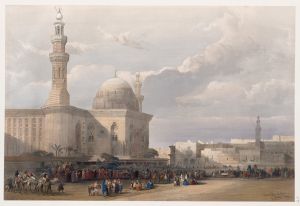
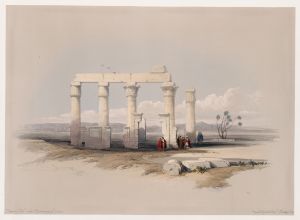
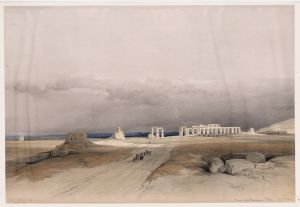
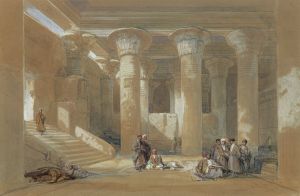
![Tombs of the Khalifs [Caliphs], Cairo.](/imgs/217567/s/david-roberts-tombs-of-the-khalifs-caliphs-cairo-375b2402.jpg)
